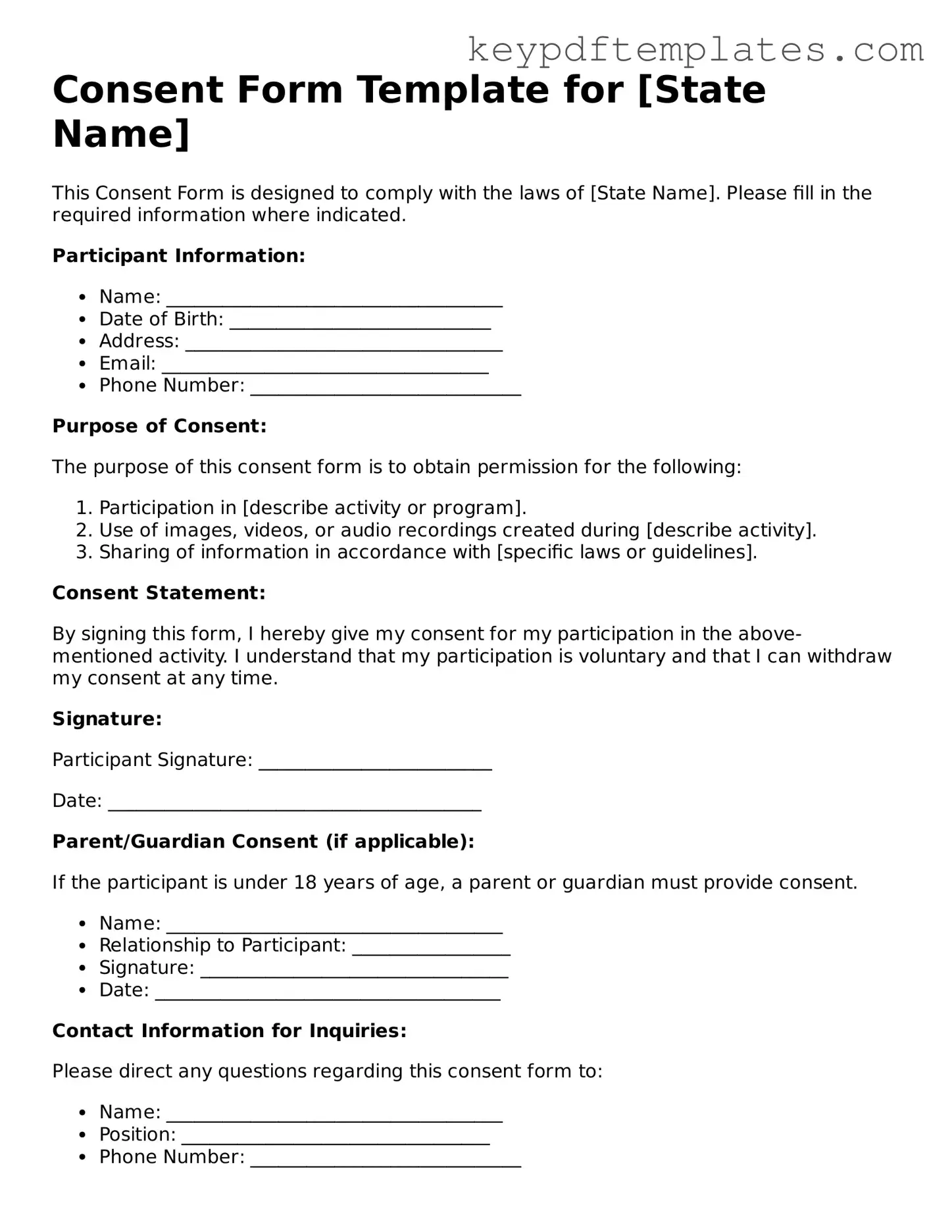Printable Consent Template
A consent form is a document that allows individuals to give their permission for something to happen, such as participating in a study or undergoing a medical procedure. This form ensures that individuals are fully informed about what they are agreeing to, helping to protect their rights and autonomy. Understanding the importance of consent forms is crucial in various contexts, from healthcare to research and beyond.
Modify Document Online
